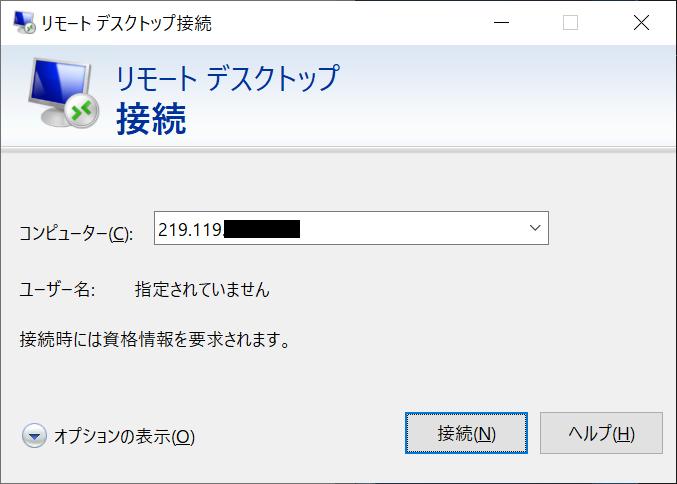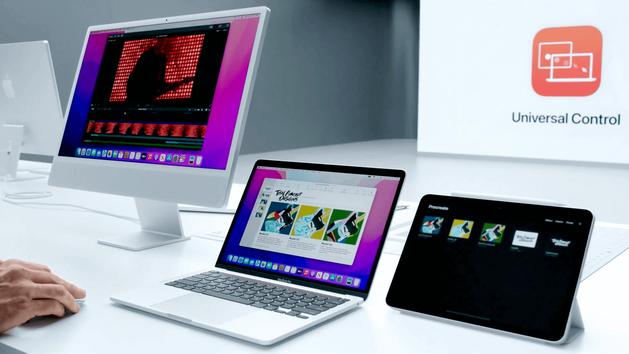[Part 6] Prof. Hiroki Iwai (Osaka University Server Media Center) Learning born from sharing! Share your digital creations with the class
“Our school will introduce a tablet device for each student from this year.” I was surprised by the sudden announcement, but for a short time, one iPad was distributed for teachers. "Even if you tell me so suddenly, I don't know where to start..." In this series, we explain the points for using tablet terminals at school for teachers who are in such a troubled situation. Based on case studies of teachers who practice learning using iPads, we will introduce specific usage methods that even teachers who are not good at ICT can work on.
As the use of ICT devices such as tablets progresses, the number of digital deliverables naturally increases. There are various reports, slides for presentations, and video works produced by groups. Maybe it's finished after making it, and it's finished after collecting it from the children.
I think that many teachers post analog output such as paintings, calligraphy, and handicrafts on the wall in the hallway or the back of the classroom, or display them on top of lockers. Teachers are well aware of the learning that comes from seeing the work of other children and students, and the desire to learn that comes from having your own work seen by others.
This is exactly the same in digital. No, because it is digital, the learning effect will be dramatically improved by sharing it well. Teachers who make good use of ICT place more importance on this method of “sharing,” and some teachers design lessons by working backwards from “Char.”
This time, we interviewed Professor Hiroki Iwai of the Osaka University Cybermedia Center from among the teachers who are good at sharing. We asked him about not only creating digital assignments and works, but how he shares them. Regardless of the type of school or subject you are in charge of, you should be able to find hints for using ICT more effectively.
Prof. Iwai teaches German at Osaka University. Classes are taking full advantage of smartphones, tablets, and web services. Long before tablets appeared, he practiced active-learning learning using a video camera to make movies. As soon as the iPad was released, it was quickly incorporated into the classroom.
In 2013, we established a "Collaborative Learning Support Classroom" equipped with 60 shared iPads on campus. Four projectors are permanently installed in the classroom, so you can immediately project the iPad screen on Apple TV. There are currently 5 "Collaborative Learning Support Classrooms" on the Toyonaka Campus and 1 on the Minoh Campus, with plans to add more in the future.
Collaborative Learning Support Classroom with 4 projectors
“In our regular classes, we record videos of the phrases we practice and submit them to share.” About. Students use the iPad's standard camera and apps such as "Clips" to record videos of them pronouncing German words.
・"Clips": App Store
"Flipgrid" is used to submit and share videos taken. This is an educational video sharing service introduced in “Starting with an iPad! Introductory ICT Course for Teachers [Part 26]” (https://ict-enews.net/zoomin/0706ipad/). It seems that they used to share on YouTube privately, but now that they use 'Flipgrid', it seems that sharing limited to students in the class has become easier.
・Flipgrid | Empower Every Voice
In addition, Professor Iwai instructs students to "take a video of what they have learned again on their smartphones and submit it as a review video before the next class starts." By using the smartphones of the students, the lessons are designed in such a way that the learning cycle goes around, rather than being completed in just one lesson.
Furthermore, overseas exchange using "Flipgrid" is also implemented. It seems that he is continuing an initiative to "exchange videos shot in German and Japanese with students studying Japanese at German universities and comment on each other." Since it is not a real-time exchange, it can be said that it is a big advantage that you can exchange without worrying about the time difference.
Video exchange with German students using "Flipgrid"
![Continued - Start with an iPad! ICT Introductory Lecture for Teachers [6th] Learning Born from Sharing Continued Start with iPad! For Teachers ICT Introductory Lecture [6th] Learning Born from Sharing](https://website-google-hk.oss-cn-hongkong.aliyuncs.com/drawing/article_results_9/2022/3/22/eba1d9a55e54dc0012a5e040f921a359_1.jpeg)
You can drag and drop photos, videos, audio files, etc., and lay them out wherever you like. It can also be used as a teaching material when you can't come to school."
Yes, Professor Iwai recommends a web service called “Book Creator”. It is a service that makes it easy to create e-books. It can be used in a wide range of ways, from original digital teaching materials for teachers to digital picture books for children. Create an account and you can create up to 40 eBooks for free.
・Book Creator – bring creativity to your classroom – Book Creator app
Digital teaching materials created by Professor Iwai with "Book Creator"
To use the web version this time, please open the "Book Creator" site with "Safari" on your iPad (or a computer). You can create a free account from "Create a free account". If you follow the instructions, you will reach the "Library" setting screen. If it is free, you can create only one "library".
Once account creation is complete, you will see an empty library. Let's create an e-book by tapping "+ New Book". First select the book type. There are various themes in "Templates" such as portrait (2:3), square (1:1), landscape (4:3), blank books, comics with panel division.
If you select the type, you will be taken to the "Cover Page" creation screen. Turn the page with "<" and ">" on both sides of the screen, and press "+" to add a new page. If you want to change the background design, tap the "i" (information button) in the upper right. Choose your favorite design such as color, paper, border, texture, etc.
You can record and paste audio on the spot
You can place characters and objects by tapping the "+" button next to it. In addition to "text" where you can enter characters with the keyboard or voice input, "pen" where you can draw pictures and letters by hand, you can also insert images, illustrations, maps, etc. from "Import". Of course, you can also paste photos and videos saved on your iPad.
Also, if you select "Recording", you can record the voice on the spot and paste it, so you can listen to the teacher's commentary and pronunciation. There are many other interesting objects such as comic speech bubbles and stickers, and you can make books that bring out the creativity of children.
Share the library with your class using an invite code
When you're done, press the "▶︎" (playback button) on the upper right to check it. If there is no problem, publish it online. Tap the blue (<) button and tap Publish Online. Once you've given it a title, set it to public. There is no problem with "Private" for sharing within the class and "Off" for remixing.
Once published, click "Copy Link" to copy the URL and share it with your students. You don't need an account if you just want to read the book. You can also invite to the library by sending an invitation code. By creating a book in your class library, you can share it with everyone.
If you use "Book Creator" or "Flipgrid", you can easily distribute teaching materials created by the teacher. But why not take advantage of it so that children can become creators? For example, give the task "Let's make a textbook by yourself." When you stand on the creator's side, not on the receiver's side, you will surely find some children who demonstrate a surprising desire to learn.
[Practitioner Profile] Professor Hiroki Iwai, Cybermedia Center, Osaka University
Professor at Osaka University Cybermedia Center. In addition to practical research on German language learning using mobile terminals, tablet terminals, and web services, we are conducting "recommendation of multilingual learning" at nursing universities, and "world language project" that connects international students and elementary school students. We are operating a web page “Zoom+α” for distance learning support and holding a +α consultation meeting. ADE 2013.
[Author Profile] Koji Koike, Educational ICT Consultant
In order to promote the introduction and utilization of ICT in educational settings, we are disseminating introduction examples and know-how through lectures and writing activities. In March 2013, he published the first practical book in Japan on the theme of iPad x education, "7 Secrets of iPad Education Utilization". From October 2020, the YouTube channel "TDX Radio (https://www.youtube.com/c/TDXRadio)" was opened, and the main personality of "Teacher's [Shift]-New learning and teacher work style reform-" serve. NPO iTeachers Academy director and secretary general.

![EVsmart blog Toyota's electric car "bZ4X" that makes you feel comfortable with electric cars and quick chargers / No% display of battery level [Editorial department] Popular articles Recent posts Category](https://website-google-hk.oss-cn-hongkong.aliyuncs.com/drawing/article_results_9/2022/3/9/752542064665dc2bd7addbc87a655694_0.jpeg)
![Lenovo's 8.8 inch one-handed tab "Legion Y700" full specs released! [Is the price in the 40,000 yen range?]](https://website-google-hk.oss-cn-hongkong.aliyuncs.com/drawing/article_results_9/2022/3/9/207e1be231154e91f34c85b4b1d2126c_0.jpeg)

